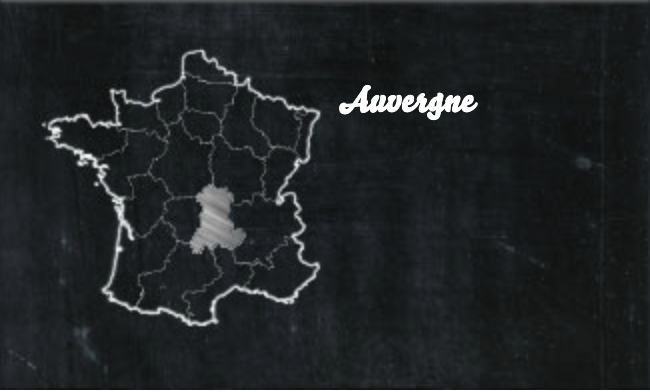Around 1700, Pierre Audigier (1659–1744) praised the cheeses of Saint-Nectaire in his “Histoire d’Auvergne” (History of Auvergne) by writing, “it yields not in goodness to those European cheeses that have the best of reputations.” The renown of this pure delight has not faded, its inimitable aroma perfectly intact.
Saint-Nectaire

Origin
Characteristics
– AOC since 1955.
– Hard, uncooked pressed cheese.
– 45% minimum fat content.
– Saint-Nectaire: flat cylinder 21 cm in diameter and 5-cm thick weighing approximately 1.7 kg.
– Petit Saint-Nectaire: 13 cm in diameter and 3.5-cm thick, weighing approximately 600 g.
– The rind is mouldy with a white, yellow, or orange bloom.
– The farm-made version is recognisable by its green oval casein label, while the mass-produced version has a square label.
– The farm-made version is made from raw milk, cheese makers often use heated or pasteurised milk.
– Production: 13,500 tonnes.
Gastronomie
Light and fruity red wines go perfectly with the delicate, nutty flavours of this mountain cheese, which is selected from autumn milk from September.
Regional dishes often use this cheese: crusted roasts, Christmas soup, or brioche with Saint-Nectaire.
Production
Farmers work the milk immediately after milking, day and night. The curd is divided into grains to remove the lacto-serum or “whey”. Then the grains are grouped together to make Tomme, the future cheese. The Tomme is moulded, then pressed. Once the cheese has taken on the shape of the mould, its casein label is placed on it and it is then salted and pressed for 24 hours. The rind develops thanks to regular rubbing with salted water, which is sometimes accompanied by annatto.
In the past, the cheeses were aged on the ground or on rye straw in the natural caves carved into the volcanic rock of the Clermont-Ferrand region. Women were the originators of Saint-Nectaire: the small cheese allowed them to convert the milk from the cows that had stayed in the valley when the men were in the summer pastures with the rest of the herd. It was made famous on the table of Louis XIV by Marshall Henri de la Ferté-Senneterre (1600–1681).
Production Area
Saint-Nectaire comes from the pastures of Mont-Dore and Cézallier, a volcanic region with rich and varied plant life.
Its main markets are located in Saint-Nectaire (hence the name) but mostly in Egliseneuve-d’Entraigues and Besse-en-Chandesse, at the foot of Puy de Sancy.